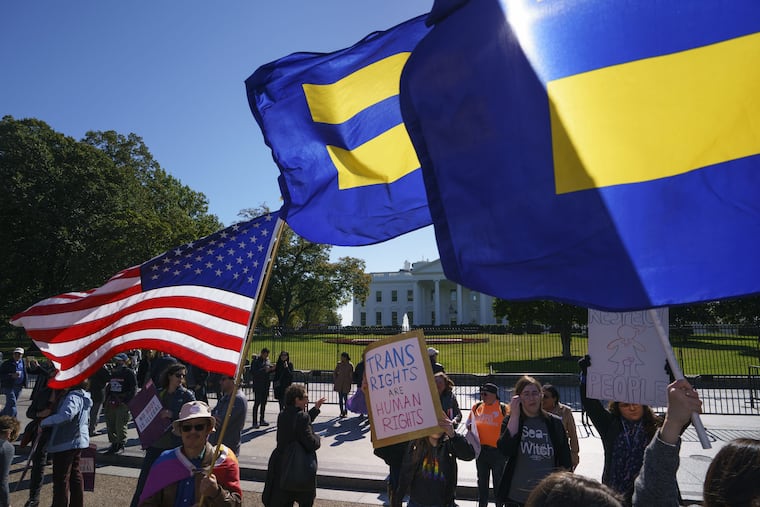We need to support transgender youth in distress | Opinion
Up to 1.3 percent of adolescents and young adults identify themselves as transgender. A local pediatrician discusses why these teens experience high rates of depression, anxiety and other mental health issues.
